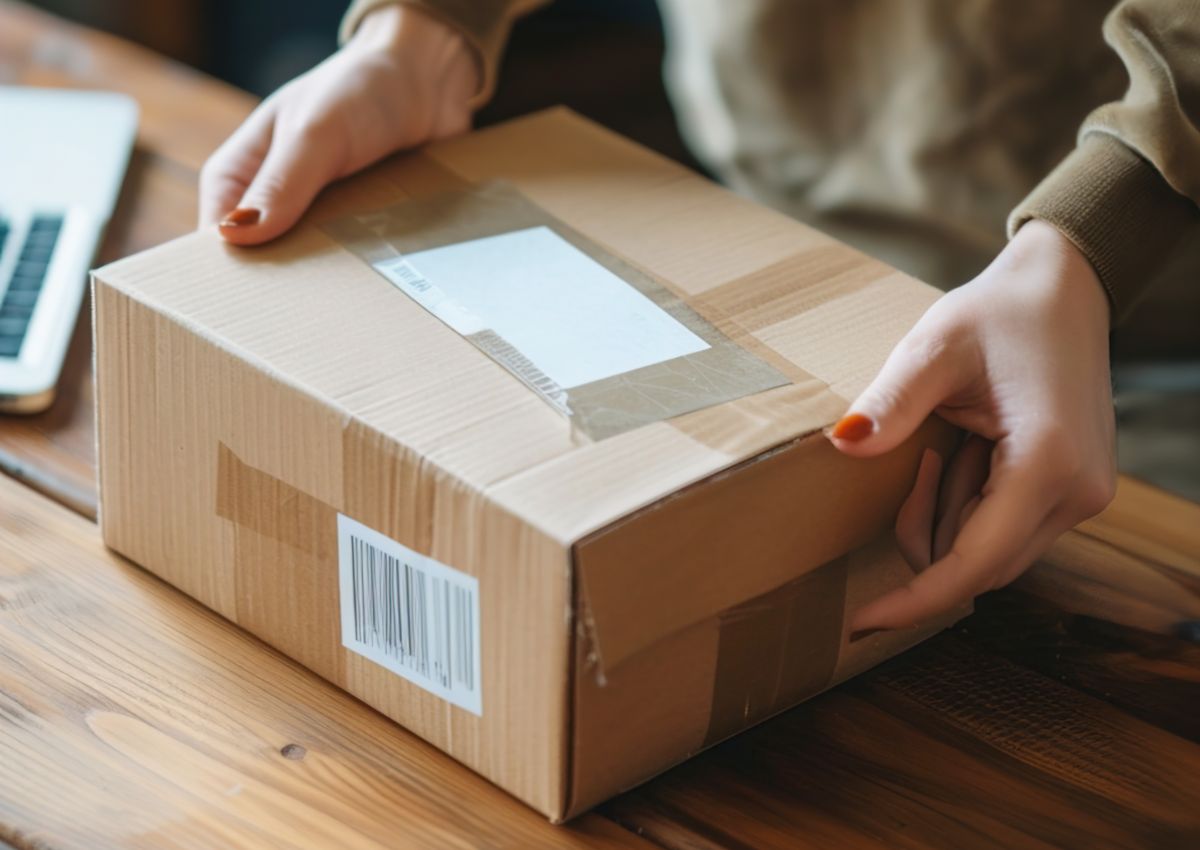Tomorrow’s multichannel stores are opting for high-tech solutions – but is that enough and do retailers really need to re-think the purpose of their high street presence? Penelope Ody investigates.
Interactive kiosks, 46-inch screens, tablet computers, QR codes, contactless payments, whispering windows, mobile apps…. today’s stores are embracing digital technology with enthusiasm. In part, because perceived wisdom suggests a“consistent multichannel experience”is called for,with shoppers expecting to see the same merchandise,displays,promotions and brand messages on website and in-store – no matter how large or small those outlets happen to be.
But, is that really what tomorrow’s customers will want or expect? Aaron Shields, Strategic Planning Director at Fitch thinks not: “Consistency,” he says,“is an old mantra.What retailers need to do is think about an orchestrated experience where the channels work in harmony to match the mindset of consumers, allowing them to shop on their terms. Ecommerce is a well-established channel but digital retailing is in its infancy.”
Instead of simply replicating the online experience with in-store videos or kiosks in smaller outlets showing the “long-tail of the product catalogue, plugged in where there happens to be a socket,” Shields argues that retailers need to respond to changing shopping habits that are increasingly influenced by the attitudes of Generation Z – today’s young people born from the late 1990s onwards. Rather than go into shops to buy, this group goes there to browse: to look for styles to enhance their image to post on the likes of Pinterest or Facebook, to take photos to send to friends, or to gather feedback on possible purchases.“They are not in buying mode,” says Shields,“they’re exploring choices.”
SHOWROOMING
Sales staff approaching such shoppers and attempting to hurry along the sale, or – even worse – trying to stop them snapping pictures of the merchandise on their mobiles, are likely to be rewarded with some negative tweets and a permanently lost customer. Instead it should all be about enhancing the image-making experience, providing information, adding theatre, style and pizzazz.
Yet most retailers currently take a negative view of such “showrooming” activities concerned that shoppers are simply using the store to“touch and feel”prospective purchases and then head home to Amazon to buy. However,Aaron Shields maintains that by creating the right customer experience for the brand, building trust, responding to both the whole customer journey across the channels “ and the changing mindset of the consumer, it is possible to capture many of those “showroom” sales.
Rather more pragmatically, Jas Virdee, Partner at Kurt Salmon who heads the consultancy’s UK multichannel practice, recounts one trial with a retail client where a store was fitted out as a showroom and skilled staff, equipped with tablet computers, engaged with customers. Tablets were used to view competing options and staff enabled to price match with the promise of next day delivery. “It worked,” he says, “people bought – but it was an expensive option and staff had to be motivated differently, with individual sales targets and bonuses.”
“Expense” is of course the crux of the matter: home delivery is not cheap and price matching erodes margins still further – hence the emphasis on “click and collect” or “drive- through”.“Staff” too, are another problem. Not every shop assistant is tech-savvy, not all have the selling skills to “engage” effectively, and spending time with customers brokering the sale can require a higher headcount. Apple in Regent Street employs more than 200 staff – presumably working in shifts but still a large number for a midsize specialty outlet.
The showroom option has, however, been adopted by Marks & Spencer for its first “e- boutique” which opened in Amsterdam’s Kalverstraat in April. Essentially a 500sqm food store, customers can also “shop to order” from a “virtual rail” made from screens showing styles above a sample rail of garments.There are order points, staff equipped with iPads and free wi-fi for shoppers ordering via mobiles. “The e-boutique is innovative, aspirational and allows us to offer our latest fashion collections from a much smaller footprint,” says Laura Wade-Gery , Executive Director E-commerce Multi-channel at Marks & Spencer.
While various aspects of the e-boutique may be replicated elsewhere by M&S the Kalverstraat store can be seen more as a complement for its new Dutch website giving a quickly established – and low entry cost – physical presence.
DIGITAL TECHNOLOGY
Scott Dacko, Associate Professor of Marketing and Strategic Management at Warwick Business School believes that digital technology – as with the Kalverstraat displays, John Lewis’s “whispering windows” or the “digital mannequins” used at Macy’s in New York – also allows retailers to adopt “time of day” marketing.“It makes sense to have different information available at different times to match the different shopping segments that visit the store during the day,” says Professor Dacko.“That could include digital displays and staff profile – younger staff available when younger customers are likely to shop, for example. Retailers have a lot of data available about sales by time of day. Some are embracing the data and using it, but many are not. Given that purchases are known to the second there really hasn’t been sufficient attention given to matching the offer with the customer profile and buying behaviour.”
Macy’s used its digital mannequins in window displays, as has Adidas at is NEO store in Nuremberg where TBWA’s interactive shopping store was fitted out as a showroom and skilled available at staff, equipped with tablet computers, engaged different times with customers.Tablets were used to view competing options and staff enabled to price to match the match with the promise of next day delivery. “It worked,” he says,“people bought – but it different was an expensive option and staff had to be motivated differently, with individual sales targets and bonuses.”
Such systems effectively enable shopping from the store at any time – a trend which Katie Baron, Senior Editor, Retail, at innovations agency Stylus also believes will become more significant in future.“It’s about digitising the store, digitising the wish list or using an app to ‘speak’ to the store whenever the customer wants.The store also delivers the human side of the customer experience.”
PERSONAL SERVICE
Baron cites the NM Service app trialled by Nieman Marcus in the US which allows shoppers to see which sales associates are in store, send messages to them and make appointments, or flag favourite products for a wish list.“Shoppers can contact staff when they want,” says Baron,“or invite other people to come and view their wish list. It’s obviously potentially expensive and labour intensive for staff who have to respond, but for certain customer segments could be profitable.”
Human contact and highly personalised service levels, suggests Baron, are important roles for tomorrow’s stores.“The store is also about entertainment and expertise,” she says, “it can act as the brand hub delivering learning or enriching ex
periences to the customers.”Typical examples would be Nike’s Chicago store where one floor is devoted to selling and a second to an exercise studio for customers, or Runners Need where staff are all enthusiastic runners themselves and provide shoppers with expert advice born from their own experience.
Joshua Bamfield, Director of the Centre for Retail Research and author of ‘Retail Futures 2018’ also believes that stores will need to focus more on personalisation in future. “People these days know that retailers have information about their shopping preferences and purchases,” he says,“and that information needs to be used. Instead of leaving shoppers to browse they need to have relevant items or sizes pushed at them.The retailer needs to be seen as the trusted custodian of that personal knowledge.”
Identifying customers in store has always been problematic for retailers, but NFC, mobile apps and facial recognition from CCTV can be used to identify customers as they enter a store enabling sales staff to access transaction records and other data.“People obviously need to be invited to be recognised,” adds Professor Bamfield, “but if the personalised service they receive as a result is seen as worth having, they will want to join the club. Ideas about privacy are very different now from five or 10 years ago and if shops are going to compete with the likes of Amazon – which has all that personalised information – then they need to persuade customers to identify themselves enabling the similar use of personal data.”
The technology exists to allow tomorrow’s stores to be entertaining, instructive and service focused. It can also be used to drive sales and – with a little help from real-time stock information and order fulfilment tools – provide a low cost alternative to home delivery. But, tomorrow’s stores will also become brand hubs: showrooms delivering an enriched customer experience designed to drive brand loyalty across all channels. As such, their success can no longer be measured by the takings at the till and for most retailers that will mean a very major change in how they view store operations.




